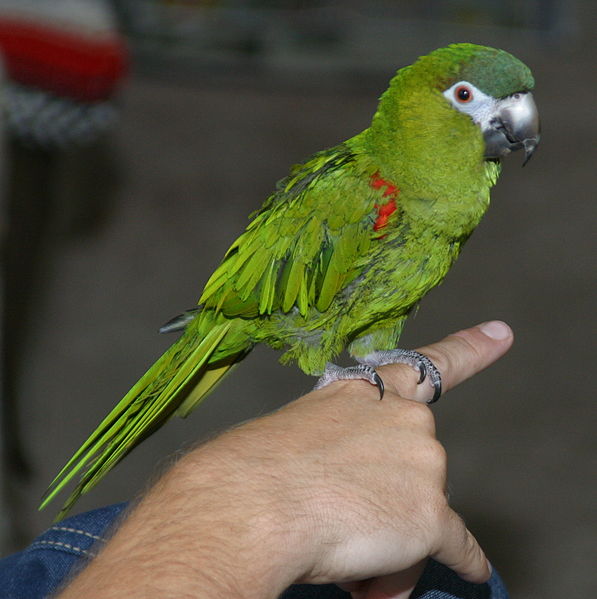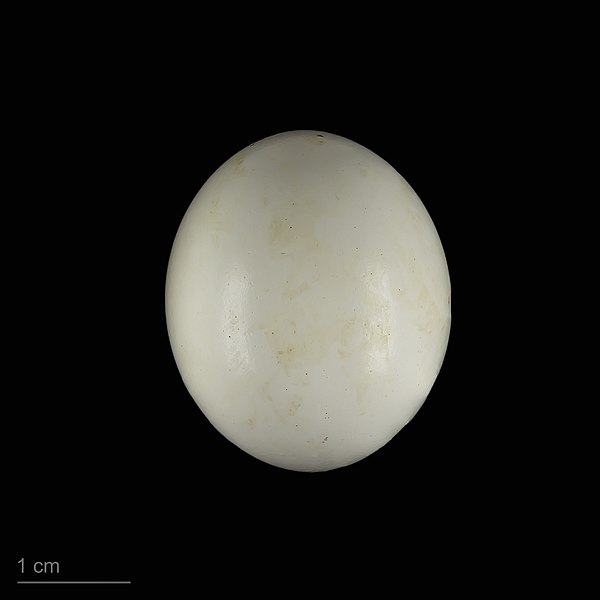The red-shouldered macaw (Diopsittaca nobilis) is a small green South American parrot, a member of a large group of Neotropical parrots called macaws. The species is named for the red coverts on its wings. It is the smallest macaw, being 30–35 cm (12–14 in) in length - similar in size to the Aratinga parakeets. It is native to the tropical lowlands, savannah, and swamplands of Brazil, the Guianas, Bolivia, Venezuela, and far south-eastern Peru. There are three subspecies: The noble macaw (Diopsittaca nobilis cumanensis), Hahn's macaw (Diopsittaca nobilis nobilis), and the long-winged macaw (Diopsittaca nobilis longipennis). The long-winged macaw is a poorly distinct third subspecies that has longer wings, but is otherwise similar to the noble macaw. The Hahn's subspecies is named for German zoologist Carl-Wilhelm Hahn, who in 1834 began compiling Ornithologischer Atlas oder naturgetreue Abbildung und Beschreibung der aussereuropäischen Vögel (Engl: Ornithological Atlas or natural depiction and description of birds from outside Europe).

Red-shouldered macaw
Diopsittaca nobilis - MHNT
Noble macaws in Mato Grosso, Brazil
A pair of noble macaws in captivity
The neotropical parrots or New World parrots comprise about 150 species in 32 genera found throughout South and Central America, Mexico, the Caribbean islands and the southern United States. Among them are some of the most familiar and iconic parrots, including the blue and gold macaw, sun conure, and yellow-headed amazon.
Neotropical parrot





